
- Community builder and storyteller, Ng Ping Ho, talks to EdgeProp.my about weaving warmth and tenderness through the veins of the city’s bricks and mortar, and filling the hunger for spaces that build human connection.
KUALA LUMPUR (June 26): There are few places in a city that can genuinely convince you that it’s ok for life to move at a slower pace, but Kapas Heights is one of them. Sitting down with Ng Ping Ho at a cafe within the condominium in Bangsar, Kuala Lumpur, you could hardly feel the buzz of the outside world, as the mid-morning breeze gently swept through the outdoor spaces.
As the owner and creator of Kapas Heights, this is all in part due to Ng’s expression of kindness in urban design, and his storytelling approach to building homes.
The storyteller behind KLoé Hotel, and Kapas Heights
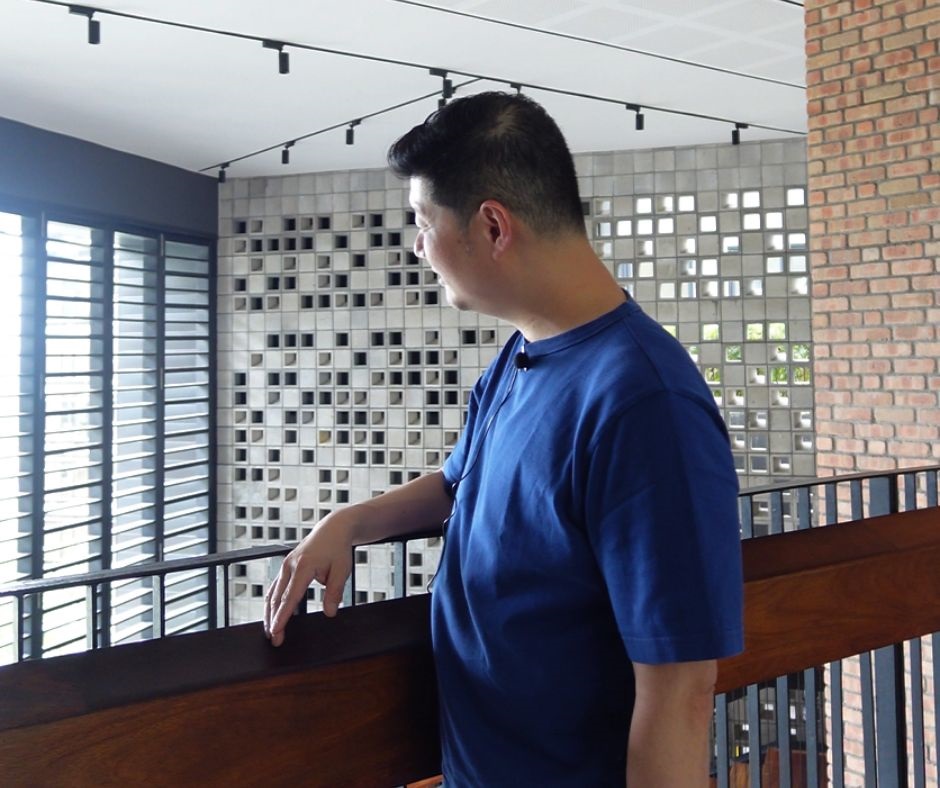
Prior to his current venture in real estate and hospitality, Ng enjoyed a successful career in film, being involved in directing, writing, and producing.
“Writing is very isolating, but it is also creative. However, it is hard to ignore when you are getting burnt out. So, I decided to take a break to see if I would actually miss TV production,” he shared.
Consequently, around 2009, Ng began to focus on his side project, where he converted some shophouses into a backpacker hostel. The transition proved to be a good fit, and soon, he realised that hospitality was where his passion had shifted to.
Moving on, Ng has since opened the KLoé Hotel in 2020, located in Bukit Bintang, KL, which continues to be a popular urban retreat for both locals and tourists.
“What I like to do differently in the hospitality space is to build around the neighbourhood. We often think of hotels as being luxurious and confined spaces. What I really want is for travellers to feel as if they were stepping into a living room filled with Malaysians, and to feel as if they were just a part of the local community,” he enthused.
For Ng, the biggest lesson he’s taken from his time in film and production is the importance of storytelling. To design community-driven spaces for residents, you need to know their story. And to curate the best experiences possible for hotel guests, you need to be able to tell a story with your spaces.
“When I create a space, I think about how people approach that space and their journeys through it; what they experience when they first enter, what is revealed to them along the way—it is all a story,” Ng explained.
And a key part of Ng’s stories is kindness expressed through urban design.
“Kindness in urban design is putting the emotional experience of a place first. People should leave a building feeling better than when they first enter it.
“From a structural perspective, it is using design features that allow for lots of natural light and airflow. It is also about having lots of open, inviting spaces which let people connect, instead of separating them” he added.
Building communities in Kapas Heights
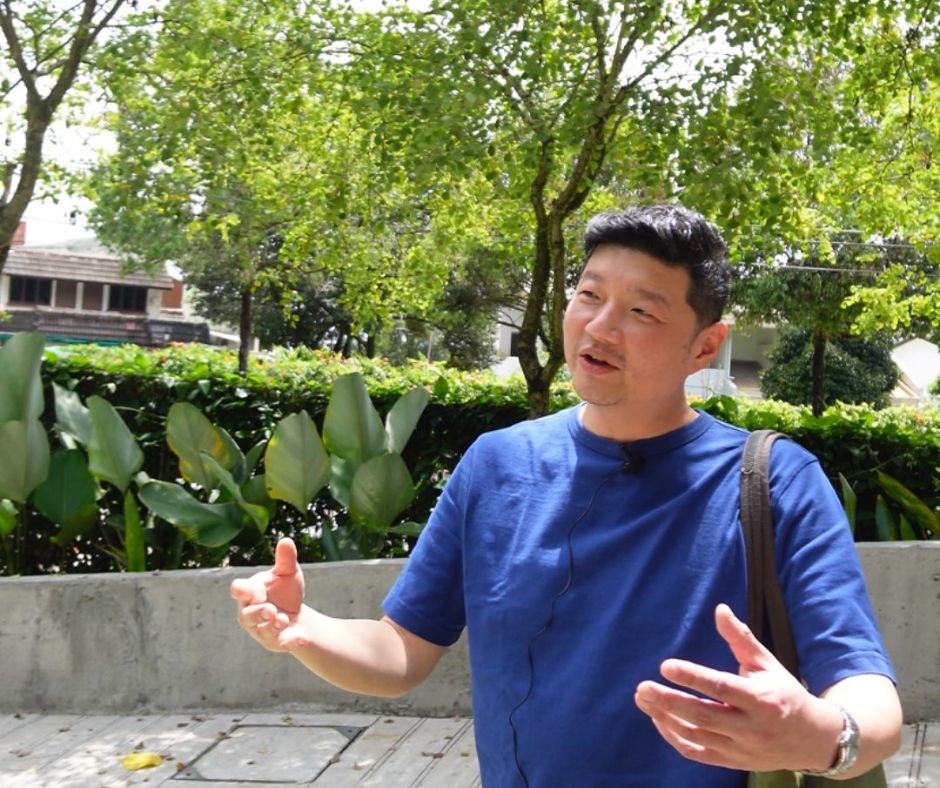
Based uniquely on a lease-only concept, Kapas Heights has managed to maintain a long-term demand amongst expatriates as well as locals, who currently form 25% of the units here, ranging from 2,336 sq ft to 5,216 sq ft.
“The idea of having Kapas Heights as lease-only came from my father. He felt strongly that owning the apartments would give us the ability to manage and maintain the units well,” explained Ng.
While the lease-only concept is not unique in KL, Kapas Heights, with 32 units housed in 12 storeys, is the only residential project that does it on such a large scale, which was an initial concern for Ng.
“So, we decided to brand ourselves differently, and focus on creating a community. We decided to offer more communal spaces and host regular gatherings with all the neighbours. These, what I would call ‘soft amenities’, have actually worked out very well, because that is what residents have started to appreciate,” said Ng.
Kapas Heights five years later
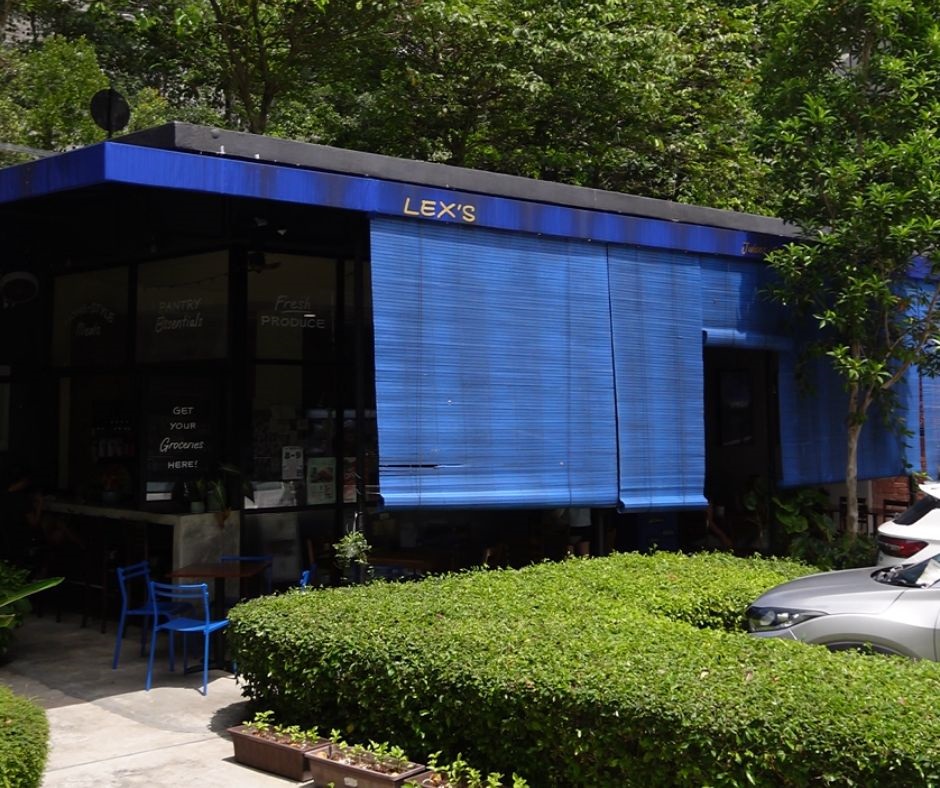
Five years on since its completion, Kapas Heights has unobtrusively integrated itself into the local community along Jalan Kapas, filling in the gaps for much needed commercial amenities in this quieter area of the Bangsar precinct.
“Before we opened up our spaces, people [in this neighbourhood] did not have anywhere they could go for a coffee or groceries; they would have to go to the malls. Opening up these spaces has created a lot of benefit for the neighbours,” said Ng.
Kapas Heights has also become somewhat of a third space for various members of the community.
“We initially met with some resistance from some community members on this, but we wanted to include some public benches in front of Kapas Heights. Now it has become a little community meeting point. For example, people who are walking their dogs use those benches to take a break, and have a chat with other dog-walkers. We call it the ‘bus stop’,” Ng quipped.
A non-traditional lens on community placemaking
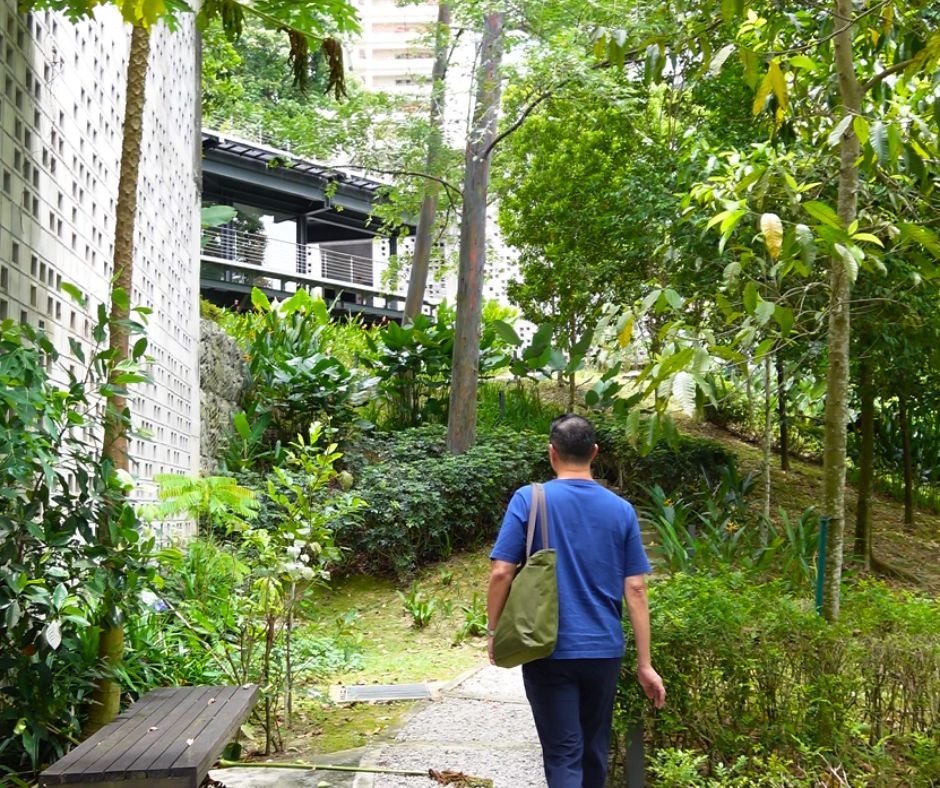
Ng is a big advocate for public spaces, highlighting that despite the popularity of initiatives like traffic-free days at Dataran Merdeka, or the crowds at Lake Gardens on a weekend, there is still a notable lack of spaces—with a low or non-existent barrier to entry—open to the public.
“I am aware that in this industry, there are targets to meet, and I am fortunate to be able to create certain spaces [for the community to enjoy for free]. But I would like to see more devotion of development spaces to community areas, whether it is just for the private residents, or the wider community. We can see in certain developments like Desa ParkCity (in KL), there is a real hunger for spaces where you do not have to pay to get in. What the pandemic has taught me is that these spaces are important. People want to be out and about and connect with others,” he pointed out.
“[Yes,] it is never guaranteed that just because you create a public space, it is going to get taken care of. But as private owners, sometimes we just have to take the initiative. If you create a nice- enough space, I think people will take pride in it and take care of it,” added Ng.
A new story with the community weaved in
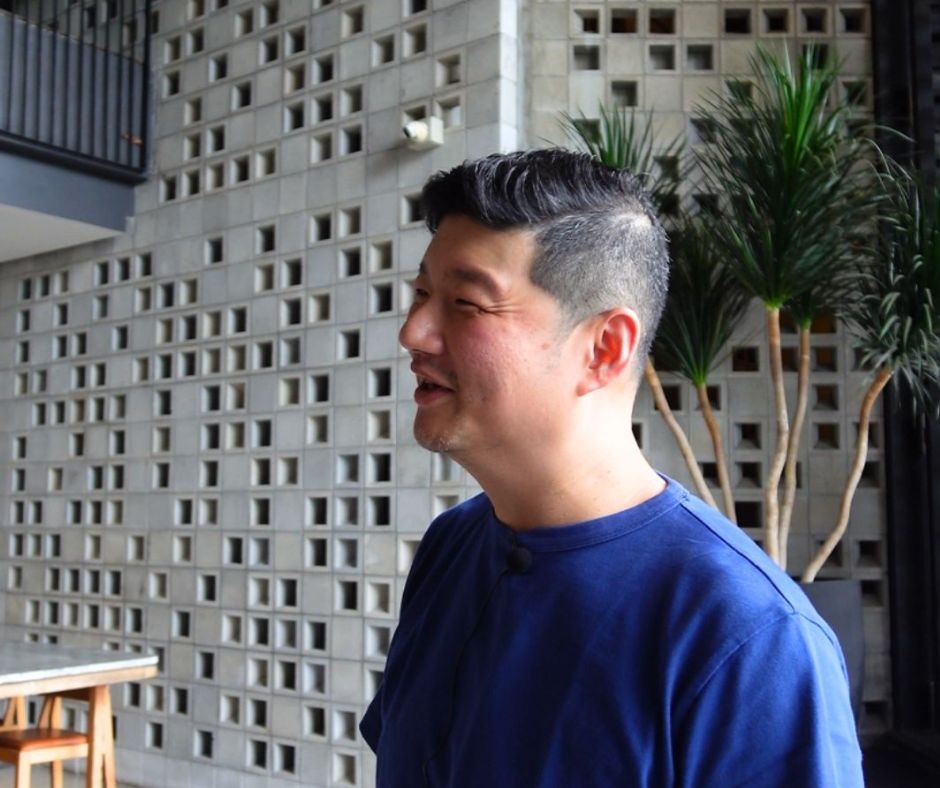
Ng is currently focusing on Market House Hotel, a new boutique hotel which will be located in the former OCBC building on Jalan Hang Kasturi, KL city centre. The building will have 32 rooms across 3 to 4 storeys, and is scheduled for completion by next year. This will be another collaboration with Domaine Architects, the firm behind Kapas Heights’ articulation.
“We are calling it Market House Hotel because it is located opposite Medan Pasar or Market Square. Instead of simply being a place for accommodation, we wanted to create a base for guests to explore the area. What is exciting for us about this hotel is that we want to build partnerships around the area with other small businesses or individuals in the tourism industry. Through these collaborations, we want to encourage exploration to activate the area,” Ng revealed about the story he hopes to tell next.
Does Malaysia have what it takes to become a Blue Zone, marked by health and longevity? Download a copy of EdgeProp’s Blueprint for Wellness to check out townships that are paving the path towards that.





